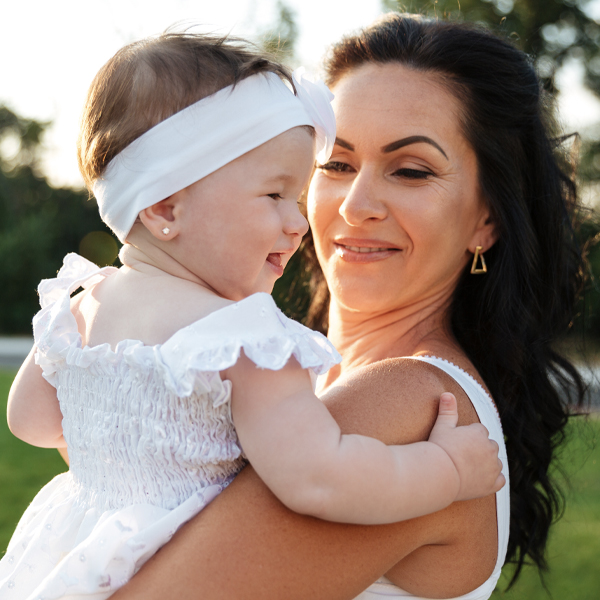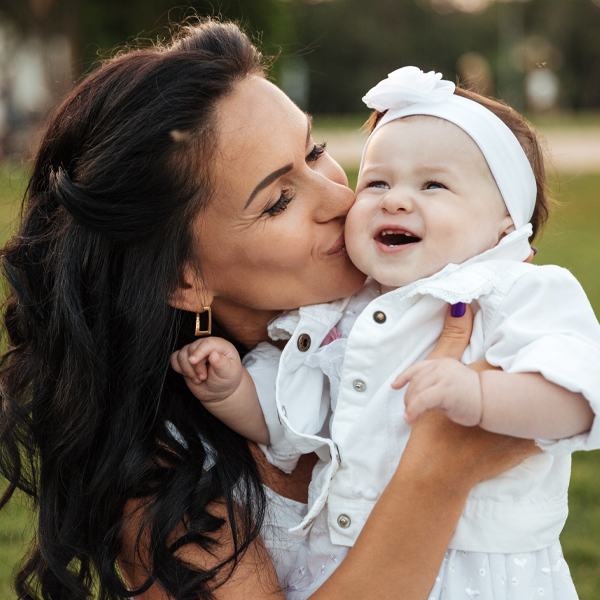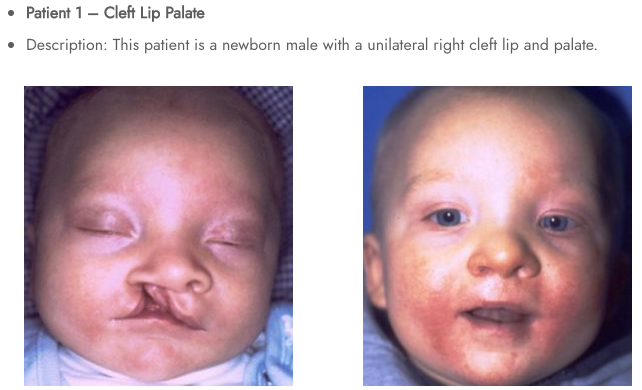What Is a Cleft Lip or Palate?
A cleft lip is the incomplete formation of the upper lip, and a cleft palate is the incomplete formation of the palate (the roof of the mouth). These two conditions are some of the most common birth anomalies affecting children in North America and worldwide.
Both defects can occur singularly or together and can vary in severity. In some instances, they may involve both sides of the mouth.
Surgery is required to repair both cleft lip and/or cleft palate situations.
What Causes Cleft Lip or Cleft Palate?
A cleft occurs very early in your child’s development in utero. Clefts occur when parts of the upper lip and/or the roof of the mouth do not grow together as they should.
In some instances, clefts can be caused by genetic disorders. However, in most cases, the cause of cleft lips and palates is unknown. Some researchers believe they can be caused by a combination of both genetics and environmental factors.
How Is a Cleft Lip or Palate Repaired?
Cleft lip and cleft palate repair are plastic surgery interventions designed to correct the separation. The result of these procedures is improved appearance to the lip or roof of the mouth. Cleft repair surgeries can also improve lip and mouth function, eating, speech, hearing and breathing.
Cleft Repair Specialists
If your child has a cleft lip or palate, or a combination of the two, we recommend early intervention. The Topeka Cleft Lip and Palate Team can evaluate and manage your child’s treatment and provide guidance and recommendations on repair, feeding, speech therapy and dental restoration.
Many specialists can make up a cleft lip and palate repair team, including:
- Plastic surgeons
- Pediatricians
- Dentists and orthodontists
- Otolaryngologists (ear, nose and throat specialists)
- Occupational therapists
- Hearing specialists and speech-language pathologists
Dr. Peterson is a dual-board-certified otolaryngologist and plastic surgeon and is very experienced in cleft repairs.
We recommend early intervention because cleft lips and palates can negatively impact your child’s feeding, growth and development.
Beyond Looks
While surgery to repair a cleft of the lip or palate can improve aesthetic appearance, the procedure is critical to your child’s ability to grow and function normally.
The aesthetic benefits of cleft lip repair surgery include:
- A more normal appearance
- Surgical formation of the “cupid’s bow” (the part of the lip that curves along the center of the upper lip)
- Adequate distance between the lip and nose
- Restored nasal symmetry and improved nostril shape
In many cases, cleft lip repair surgery helps create or straighten the tissue that separates the nostrils, known as the columella.
Palate repair surgery helps close the palate gap, creating a floor to the nasal cavity. This surgery improves speech and also:
- Divides the mouth and nasal tissues
- Helps to establish muscle function of the soft palate to improve swallowing
- Improves the relationship between the soft upper palate, auditory canal and eustachian tubes to improve hearing
- Helps to improve jaw growth and development
- Allows for normal permanent tooth eruption
When Should My Child Have Cleft Repair?
The timing of when you have your child’s lip or palate cleft repairs done depends on your child. When you schedule a consultation with Dr. Peterson, he can give you an ideal timeline. Some factors or circumstances to think about when considering cleft repair include:
The health of your child. Cleft and palate repair may be put off if your child has severe or life-threatening issues that need to be treated first, such as pulmonary or cardiac health issues.
Age of your child. Cleft lip surgery is generally performed between 2 and 6 months of age. Palate repairs are often performed separately from lip repair, when your child is between 9 and 18 months old.
Other needs. If your child requires ear tubes, bone grafting or dental interventions due to their cleft, these factors will be considered when developing your child’s treatment plan.
Are you looking for more information about your child’s cleft lip or palate and repair? We can help. Call Dr. Jack Peterson today to learn more about your options and treatment plan.
We look forward to hearing from you.















